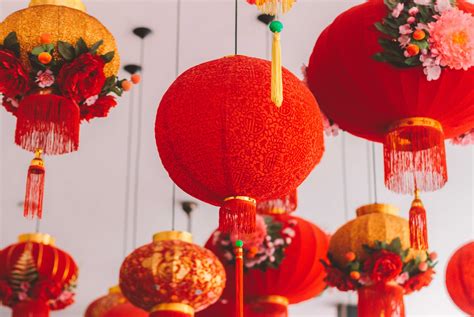Title: A Glimpse into the Rich Tapestry of Chinese TraditionIntroduction:China, a country steeped in history and tradition, boasts a vibrant cultural heritage that dates back thousands of years. From its awe-inspiring landmarks and iconic cuisine to its intricate customs and beliefs, Chinese tradition has captivated people worldwide. In this article, we will delve into the fascinating world of Chinese tradition, exploring its diverse aspects and shedding light on its significance in contemporary society.I. The Roots of Chinese Tradition1.1 Chinese Mythology: A Window into Ancient BeliefsChinese mythology, filled with mythical creatures and legendary heroes, offers a glimpse into the early beliefs of the Chinese people. Tales of dragons, phoenixes, and other celestial beings have shaped Chinese culture and continue to influence various aspects of daily life.<center>1.2 Ancestral Worship: Honoring the PastDeeply rooted in Confucianism, ancestral worship holds great importance in Chinese tradition. Families pay respects to their ancestors through offerings and rituals, believing that the spirits of their forefathers continue to protect and guide them.II. Festivals and Celebrations2.1 Chinese New Year: A Spectacular Start to the Lunar YearChinese New Year, also known as Spring Festival, is the most important and widely celebrated traditional holiday in China. This joyous occasion marks the beginning of a new lunar year, bringing with it vibrant parades, dazzling fireworks, and delectable feasts.

2.2 Mid-Autumn Festival: Moonlit Reunions and Festive DelicaciesCelebrated on the 15th day of the eighth lunar month, the Mid-Autumn Festival is a time for family reunions and moonlit festivities. The highlight of this celebration is the consumption of mooncakes, a delicious pastry symbolizing unity and good fortune.III. Traditional Arts and Crafts3.1 Calligraphy: The Art of Beautiful WritingConsidered one of China’s most revered art forms, calligraphy reflects the elegance and grace of the Chinese language. With its intricate brushstrokes and profound meanings, calligraphy represents a harmonious balance between aesthetics and philosophy.3.2 Chinese Opera: A Theatrical ExtravaganzaChinese opera, with its elaborate costumes and mesmerizing performances, has captivated audiences for centuries. Combining music, dance, acrobatics, and martial arts, this traditional art form showcases the rich cultural heritage of China.IV. Cuisine: A Gastronomic Journey4.1 Dim Sum: Bite-Sized DelightsDim sum, a popular culinary tradition, offers a delectable array of bite-sized dumplings, steamed buns, and other savory delicacies. This centuries-old tradition is not only about the food but also emphasizes the importance of communal dining and sharing.
4.2 Tea Culture: An Age-Old RitualChinese tea culture, deeply rooted in tradition, is a testament to the country’s profound appreciation for the art of tea-making. From the serene tea ceremonies to the variety of tea types, this ancient practice embodies harmony, tranquility, and hospitality.V. ConclusionIn conclusion, Chinese tradition is a treasure trove of cultural practices, beliefs, and customs that have endured through the ages. From ancient mythology and ancestral worship to vibrant festivals, traditional arts, and mouthwatering cuisine, Chinese tradition reflects the rich tapestry of a nation that cherishes its heritage. Exploring these traditions not only offers a deeper understanding of Chinese culture but also showcases the timeless beauty that continues to shape and inspire the world.Unique FAQs:1. What is the significance of the dragon in Chinese tradition?2. How do Chinese families celebrate the Lunar New Year?3. Why is calligraphy considered an art form in China?4. What are some famous Chinese opera performances?5. What is the history behind dim sum and its cultural significance?